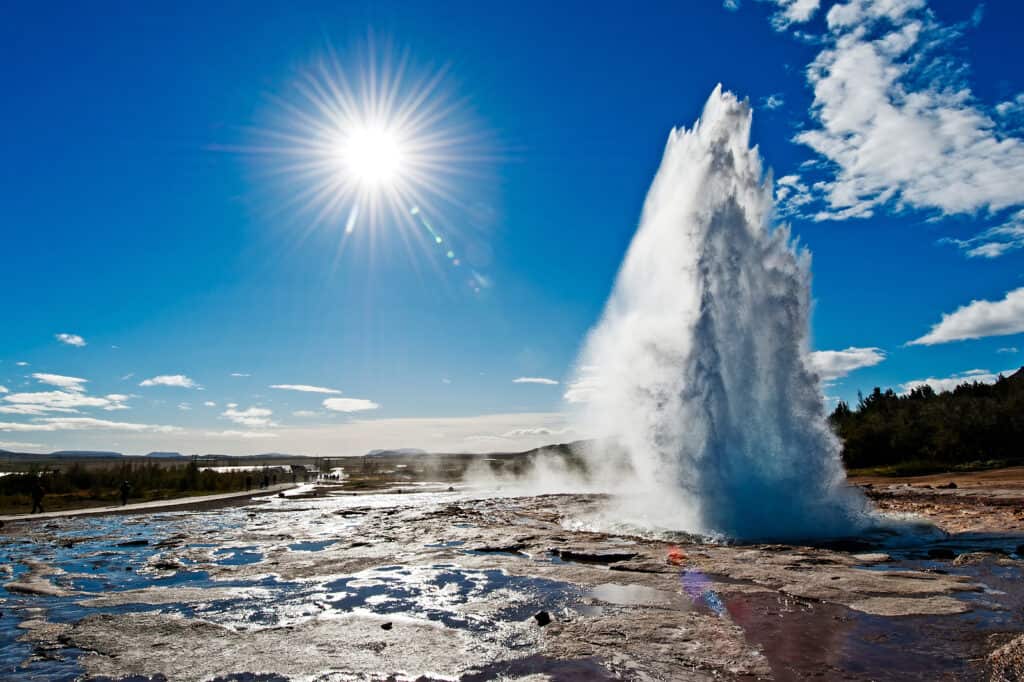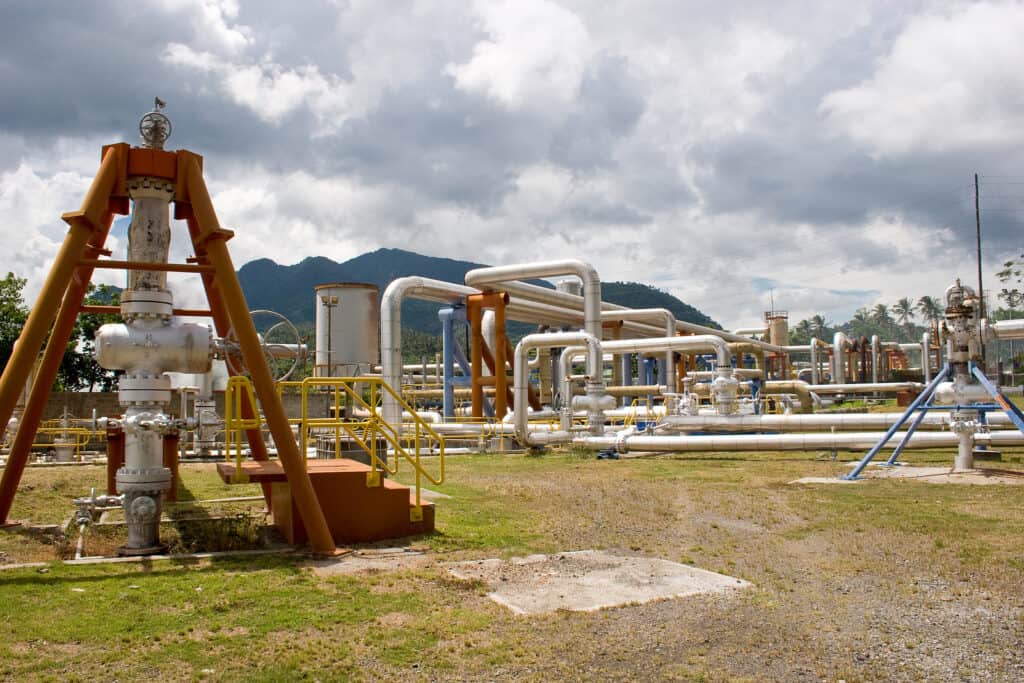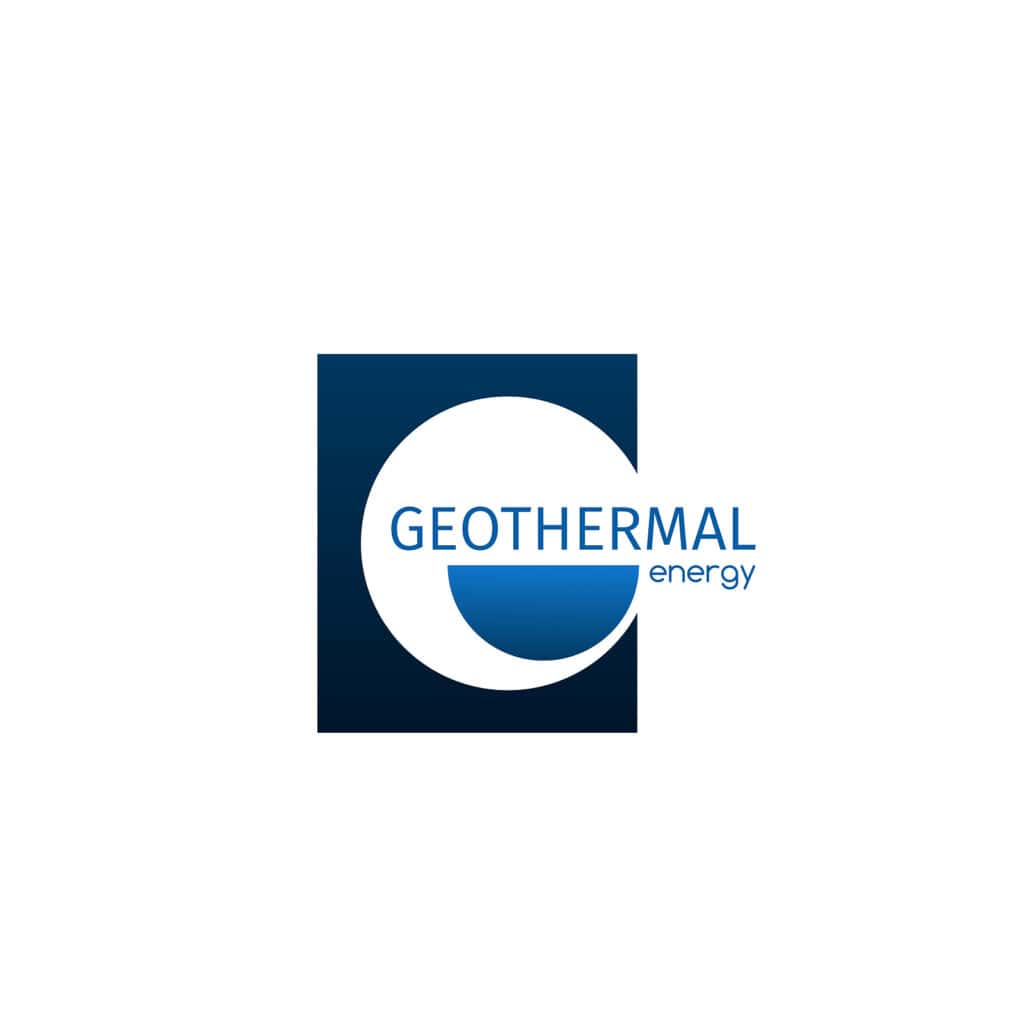In the quest for sustainable and clean energy solutions, India stands on the brink of tapping into a significant and largely untapped resource: geothermal energy.
As the world pivots towards renewable energy sources to combat climate change and reduce dependence on fossil fuels, India Geothermal Energy emerges as a key player in this global transition.
This comprehensive guide delves deep into the potential, current status, challenges, and prospects of India geothermal energy, offering insights for policymakers, investors, environmental enthusiasts, and the general public.
India Geothermal Energy
India's geothermal reserves are spread across various geological settings, including the Himalayan foothills, the Western Ghats, and the Cambay Graben.
These regions, characterized by hot springs, geysers, and volcanic activity, indicate the presence of high geothermal energy potential.
Preliminary studies and surveys have identified over 300 hot spring locations across the country, which could serve as beacons for future geothermal projects.
The Current State of India Geothermal Energy
As of now, India's engagement with geothermal energy is primarily focused on direct uses like bathing, heating, and agriculture, especially in regions like Jammu & Kashmir, Himachal Pradesh, and Gujarat.
Despite the high potential, the installation of geothermal power plants and the utilization of this energy for electricity generation remain limited. This gap presents a unique opportunity for India to explore and expand its geothermal energy capabilities.

Advantages of India Geothermal Energy
Harnessing India Geothermal Energy offers a multitude of benefits that can transform the nation's energy landscape and foster sustainable development. Below, we consolidate these advantages into a comprehensive list that underscores the multifaceted value of geothermal energy in India:
- Sustainable Energy Source: Geothermal energy, being virtually inexhaustible and emitting a fraction of the carbon dioxide compared to fossil fuels, stands as a cornerstone for sustainable energy in India.
- Low Environmental Footprint: It produces minimal emissions, requires no combustion, and has a small land footprint, making it one of the cleanest and most eco-friendly energy sources available.
- Combatting Climate Change: By significantly reducing greenhouse gas emissions, geothermal energy is pivotal in India's efforts to tackle climate change and meet its environmental commitments.
- Reliable Power Supply: Geothermal energy offers stable and continuous power generation, unaffected by weather conditions, ensuring a reliable energy supply crucial for India's growing energy needs.
- High Efficiency and Capacity Factor: Geothermal power plants operate with high efficiency and capacity factors, leading to more energy generation per unit and maximizing economic and environmental benefits.
- Economic Growth: The development of geothermal energy can drive economic growth by creating a range of job opportunities, from technical positions like geologists and engineers to operational roles such as plant operators.
- Job Creation: The construction, operation, and maintenance of geothermal facilities stimulate local economies, especially in rural and geothermal-rich regions, creating numerous jobs and supporting community development.
- Regional Development: Geothermal energy can revolutionize local industries through its direct applications in agriculture, aquaculture, and district heating, promoting sustainable practices and enhancing food security.

Accelerating India Geothermal Energy Sector: The Crucial Interplay of Policy and Investment
Unlocking India's Geothermal Energy potential relies on government policies and investment decisions. Developing this sector requires a framework for growth, innovation, and sustainability.
Policy formulation, investments, and collaboration are key to transforming India's geothermal landscape.
Strategic Government Policies: The Foundation for Growth
The formulation of forward-thinking government policies is paramount in creating an enabling environment for the geothermal energy sector. These policies must aim to:
- Offer Financial Incentives: Implementing tax breaks, subsidies, and feed-in tariffs for geothermal projects can lower the financial barriers to entry, making geothermal investments more attractive to the private sector.
- Simplify Regulatory Frameworks: Streamlining licensing and permitting processes for geothermal exploration and development is crucial to reduce bureaucratic hurdles and project timelines, encouraging more entities to enter the market.
- Support Research and Development (R&D): Government funding for R&D in advanced geothermal technologies, such as Enhanced Geothermal Systems (EGS), can pave the way for more efficient and cost-effective geothermal exploitation.
- Foster Education and Capacity Building: Investing in education and training programs to build a skilled workforce adept in geothermal technology is essential for sustaining long-term sector growth.
- Set Ambitious Renewable Energy Targets: Including specific goals for geothermal energy within the broader renewable energy targets can spotlight the sector, driving interest and investment.
Leveraging Investment: The Fuel for Technological Advancement and Sector Expansion
The scale of investment required to tap into India's geothermal potential is substantial, encompassing initial exploration, technology development, plant construction, and operational costs. Strategic investment plays a pivotal role in:
- Reducing Exploration and Development Costs: Financial backing for geothermal exploration and drilling activities can significantly de-risk projects, attracting further investment from the private sector.
- Enabling Technology Transfer: Investments in technology transfer from global leaders in geothermal energy can accelerate the adoption of best practices and cutting-edge technologies in India.
- Promoting Infrastructure Development: Capital infusion is crucial for developing the necessary infrastructure, such as drilling rigs and power plants, to support geothermal energy production.
- Encouraging Innovative Financing Models: Exploring innovative financing models like green bonds, climate funds, and public-private partnerships (PPPs) can provide the necessary capital while mitigating financial risks for investors.

Cultivating Synergies: Public-Private Partnerships and International Collaborations
The complexity and capital-intensive nature of geothermal development necessitate collaborative efforts across the board. Public-private partnerships (PPPs) and international collaborations can offer several benefits, including:
- Combining Resources and Expertise: PPPs can pool financial resources and technical expertise from both the government and private sectors, optimizing project execution and management.
- Accessing Global Knowledge and Networks: International collaborations with countries that have established geothermal sectors can facilitate knowledge exchange, training, and access to innovative technologies.
- Risk Sharing: Collaborative projects can distribute the financial and operational risks associated with geothermal development, making ventures more appealing to investors.
Technological Innovations and Research
Advancements in geothermal technology, such as enhanced geothermal systems (EGS) and binary cycle power plants, can revolutionize the way India harnesses its geothermal resources.
Research into more efficient drilling techniques, resource assessment methods, and environmental impact mitigation strategies are crucial for the sustainable development of India geothermal energy.
Collaboration with countries that have successfully harnessed geothermal energy can provide valuable insights and technologies for India.

Exploring the Potential of Manikaran Geothermal Energy
Located in Himachal Pradesh, the Manikaran geothermal energy field is a prime example of renewable energy in India. With its notable geothermal activity, it presents a promising opportunity for sustainable energy development that could set a precedent for other areas in the country and beyond.
- Unique Geothermal Reserve
Manikaran geothermal field in India displays Earth's heat power with hot springs and reservoirs. It is an untapped clean energy resource with high temperature gradients for exploration and development.
- Sustainable Development and Energy Security
Harnessing Manikaran geothermal energy can boost sustainable development in the region and enhance India's energy security by reducing fossil fuel dependence, cutting greenhouse gas emissions, and providing a stable power supply.
Developing geothermal energy in Manikaran can also stimulate local economies, create jobs, and improve infrastructure, leading to socio-economic growth in Himachal Pradesh.

FAQs on India Geothermal Energy
What is geothermal energy, and how does it work?
Geothermal energy is a renewable energy source that harnesses the heat from the Earth's core. It works by drilling wells into the Earth's surface to access hot water and steam reservoirs. This heat can then be used directly for heating purposes or to generate electricity through turbines and generators.
How significant is the potential for India geothermal energy?
India has a considerable potential for geothermal energy, with over 300 identified hot spring sites across the country. These sites are spread over geological hotspots, including the Himalayan region, the Western Ghats, and the Cambay Graben, indicating a substantial untapped source of clean energy.
Why hasn't India fully tapped into its geothermal energy potential yet?
The development of India geothermal energy has been slow due to several factors, including high initial exploration and drilling costs, lack of technical expertise, regulatory challenges, and limited awareness. However, with growing interest in renewable energy sources, efforts are being intensified to overcome these barriers.
What are the main uses of geothermal energy?
Geothermal energy can be used for various purposes, including electricity generation, direct heating applications such as space heating, agricultural drying, aquaculture, and industrial processes. It offers a versatile and sustainable energy solution across multiple sectors.
Is geothermal energy environmentally friendly?
Yes, geothermal energy is one of the cleanest sources of energy. It produces minimal greenhouse gas emissions compared to fossil fuels and has a low environmental footprint, making it an eco-friendly alternative for meeting energy needs.
Can geothermal energy provide a stable power supply?
Absolutely. Geothermal energy is known for its high reliability and capacity factor, providing a constant power output regardless of weather conditions. This makes it an excellent base-load power source, complementing intermittent renewable sources like solar and wind.
What are the challenges facing the development of India geothermal energy?
Key challenges include the initial high costs of exploration and drilling, the need for specialized technical knowledge and equipment, environmental considerations related to land use and water usage, and regulatory and policy hurdles. Efforts to address these challenges are crucial for the successful development of India geothermal energy.
What is being done to promote India geothermal energy?
The Indian government and several private entities are increasingly recognizing the potential of geothermal energy. Initiatives include policy support, research and development investments, exploration projects, and international collaborations to build technical expertise and reduce costs.
How does geothermal energy compare to other renewable sources like solar and wind?
Geothermal energy offers unique advantages, including continuous availability, high reliability, and efficiency. Unlike solar and wind, which are subject to weather and day-night cycles, geothermal energy provides a constant energy supply, making it a valuable component of a diversified renewable energy mix.
What is the future of geothermal energy in India?
The future of geothermal energy in India looks promising, with potential for significant contributions to the country's renewable energy mix, reducing carbon emissions, and promoting sustainable development. As technology advances and costs decrease, geothermal energy is expected to play an increasingly important role in India's energy landscape.
India Geothermal Energy Conclusion
India Geothermal Energy holds the key to a sustainable and energy-secure future. By leveraging its vast geothermal potential, India can address its growing energy needs and contribute significantly to global efforts against climate change.
The journey towards harnessing India's geothermal energy is fraught with challenges, but with the right mix of policies, investments, and technologies, it is a journey worth embarking on.
As we move forward, the development of India geothermal energy will not only be a testament to human ingenuity and resilience but also a beacon of hope for sustainable development worldwide.

